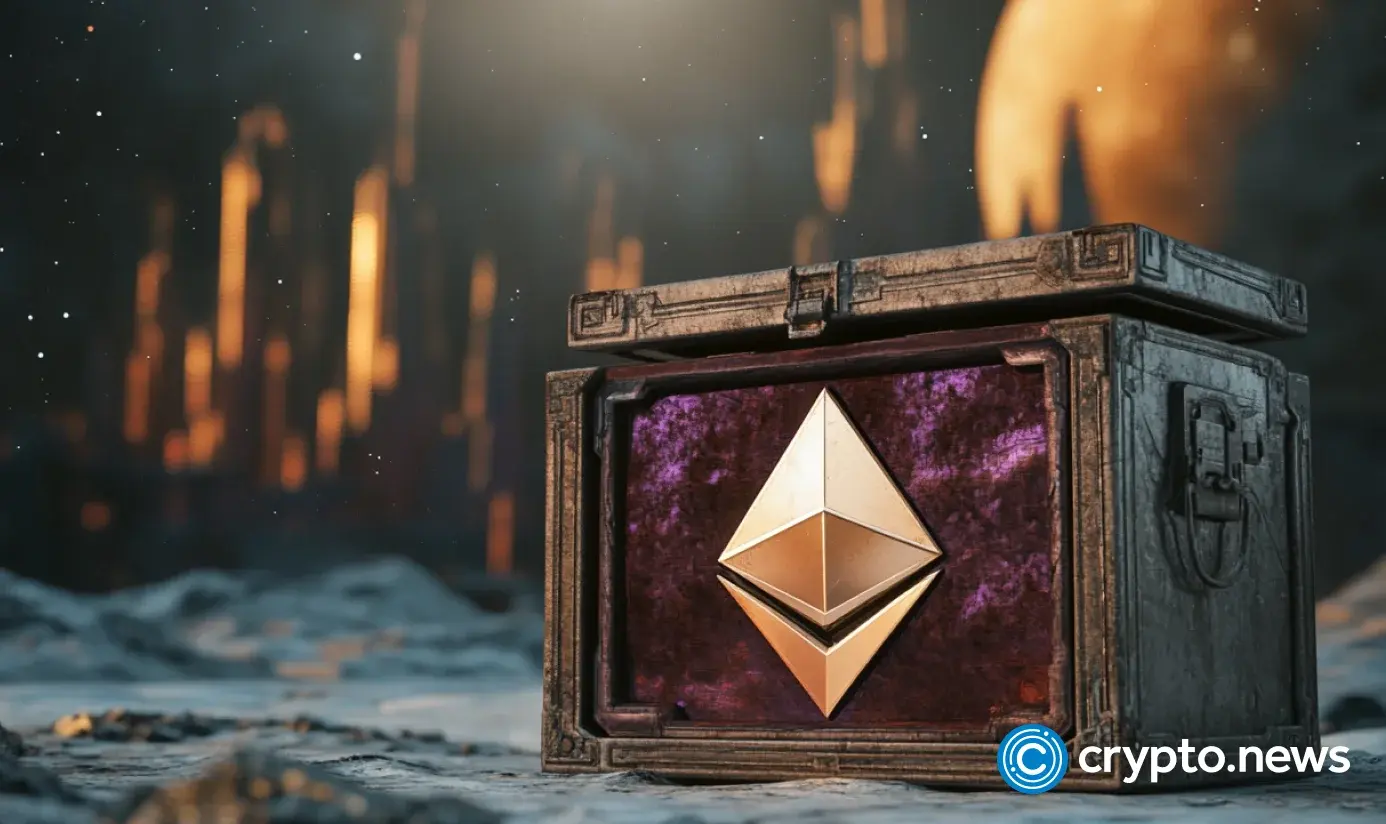This laidback wine region is Italy’s affordable answer to Champagne
Producing Italy’s most premium sparkling wines, Franciacorta in Lombardy offers a more informal – yet no less charming – alternative to France’s historic provinces, as Kate Wickers discovers
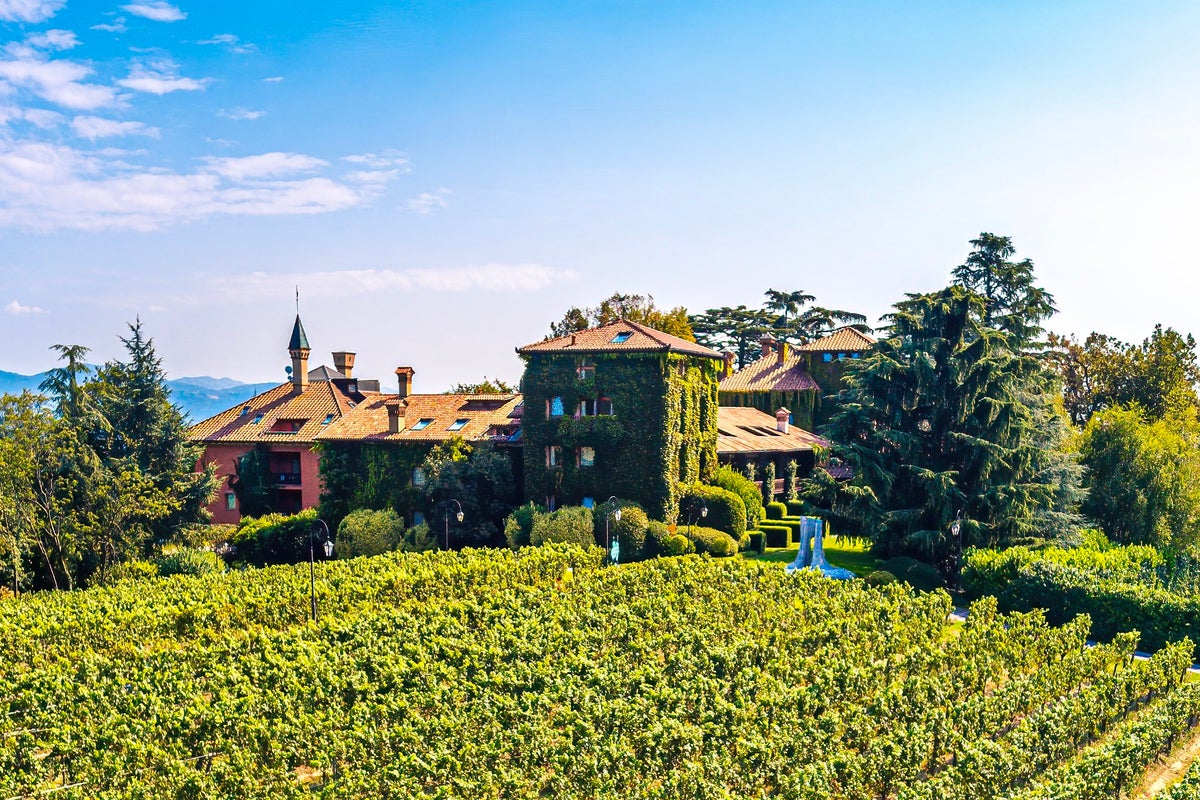
Within two hours of touching down at Milan Linate airport I’m enjoying a tour of the Ca’ Del Bosco Winery in Franciacorta. This region in Lombardy is known as Italy’s answer to France’s Champagne region, established in the 1960s (although evidence suggests it was the Romans who first planted vineyards here). The region covers 200 square kilometres and is home to more than one hundred wineries, producing Italy’s most premium sparkling wines (a word to the wise: never compare franciacorta to prosecco). Although popular with Italians, the area remains off the radar to most UK visitors, even though it’s such a breeze to get to.
What sets it apart from the Champagne region is its size (it’s one tenth the area of its French cousin) and informality. Although it’s best to book ahead for tours, at smaller wineries an effusive welcome is standard at any hour of the day – except during harvest when it’s all hands to the grape. Plus, the cost of winery tours and tastings is generally lower. Here, a 90-minute visit plus tasting ranges from €30-€70 per person, depending on the vintage of the wine.
Ca’ Del Bosco is the second largest winery (Bellucci takes the top spot), producing around two million bottles of cuvee prestige annually, selling at €38) and offers a comprehensive introduction to franciacorta winemaking (like champagne, the second fermentation takes place in the bottle, but the franciacorta wine is considered less acidic and has a fruitier flavour).
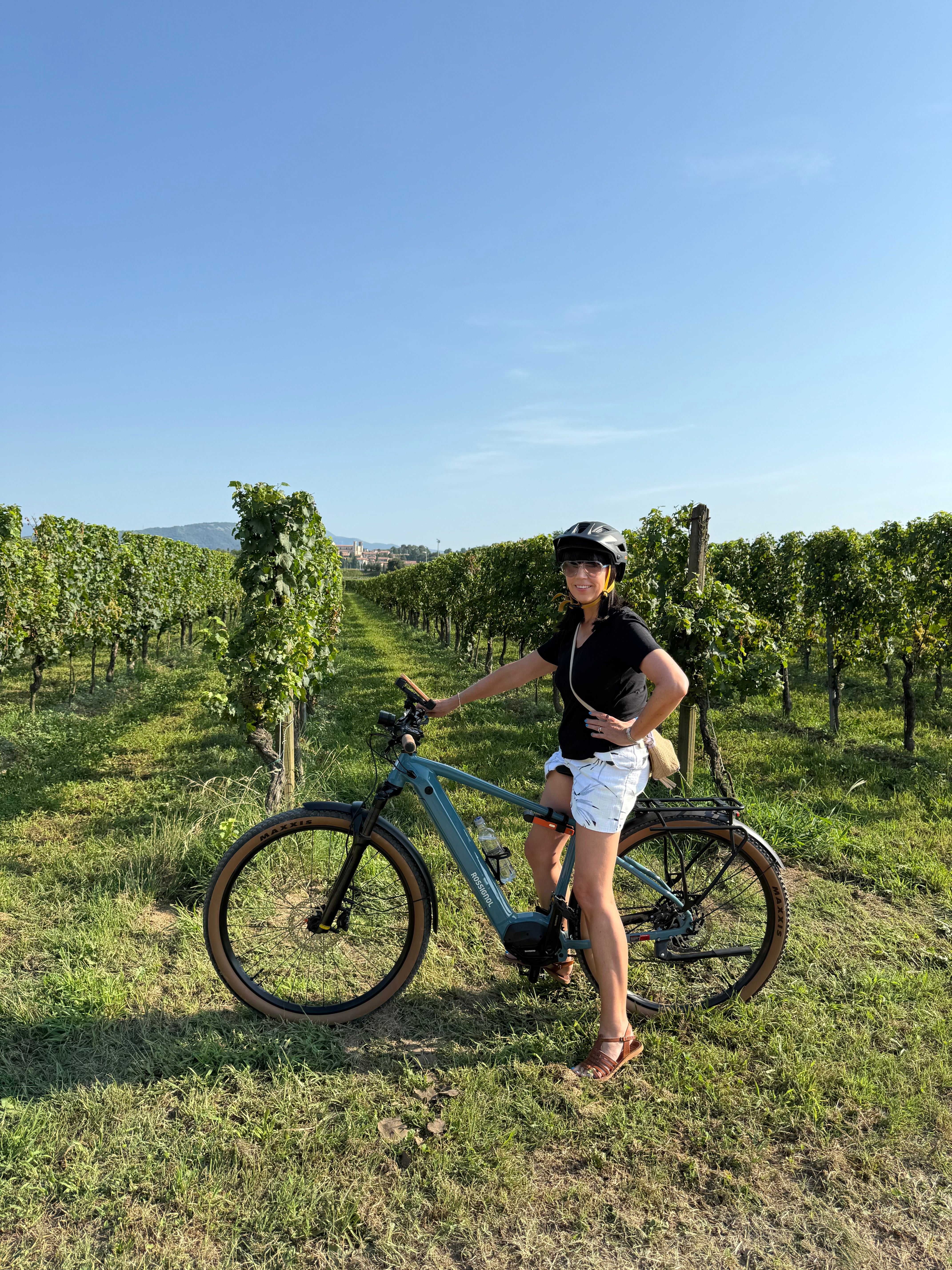
Read more: The affordable European region with wine loved by the royals
The Ca’ Del Bosco story begins with a wayward teenage boy, who ran away to France and returned with a head full of ideas about how to turn a small, abandoned family vineyard into an empire. Now a successful master winemaker/art collector, Maurizo Zanella’s futuristic winery is a wholly sensory experience (a little like wandering through Willy Wonka’s wine factory), which includes a mind-blowing, futuristic descent, via a panoramic lift, through a 20-metre-high inverted franciacorta wine bottle.
My base for exploring is L’Albereta Relais & Chateaux, a Neo-Renaissance, ivy-clad country villa with extensive, lush gardens, owned by the Moretti family of the Bella Vista Winery. The hotel sits amid its own rolling vineyards and is a 20-minute drive from Italy’s lesser-known Lake Iseo, which is a much less hectic scene than the nearby tourist-saturated lakes of Como or Garda.
On my first morning, I set off to explore the immediate area by e-bike (available at the hotel). Passing through the sleepy town of Ebrusco, where buongiorno-wishing locals sit nursing coffees on the terraces of small cafes, I’m soon into the Bella Vista vineyards and pedalling among fields of vines hanging heavy with fat, ripe pinot noir, pinot bianco, chardonnay, and the rarer erbamat grape (particular to the region). It’s harvest time and bright red crates sit empty, soon to be filled with fruit, which will be whisked away for immediate pressing.
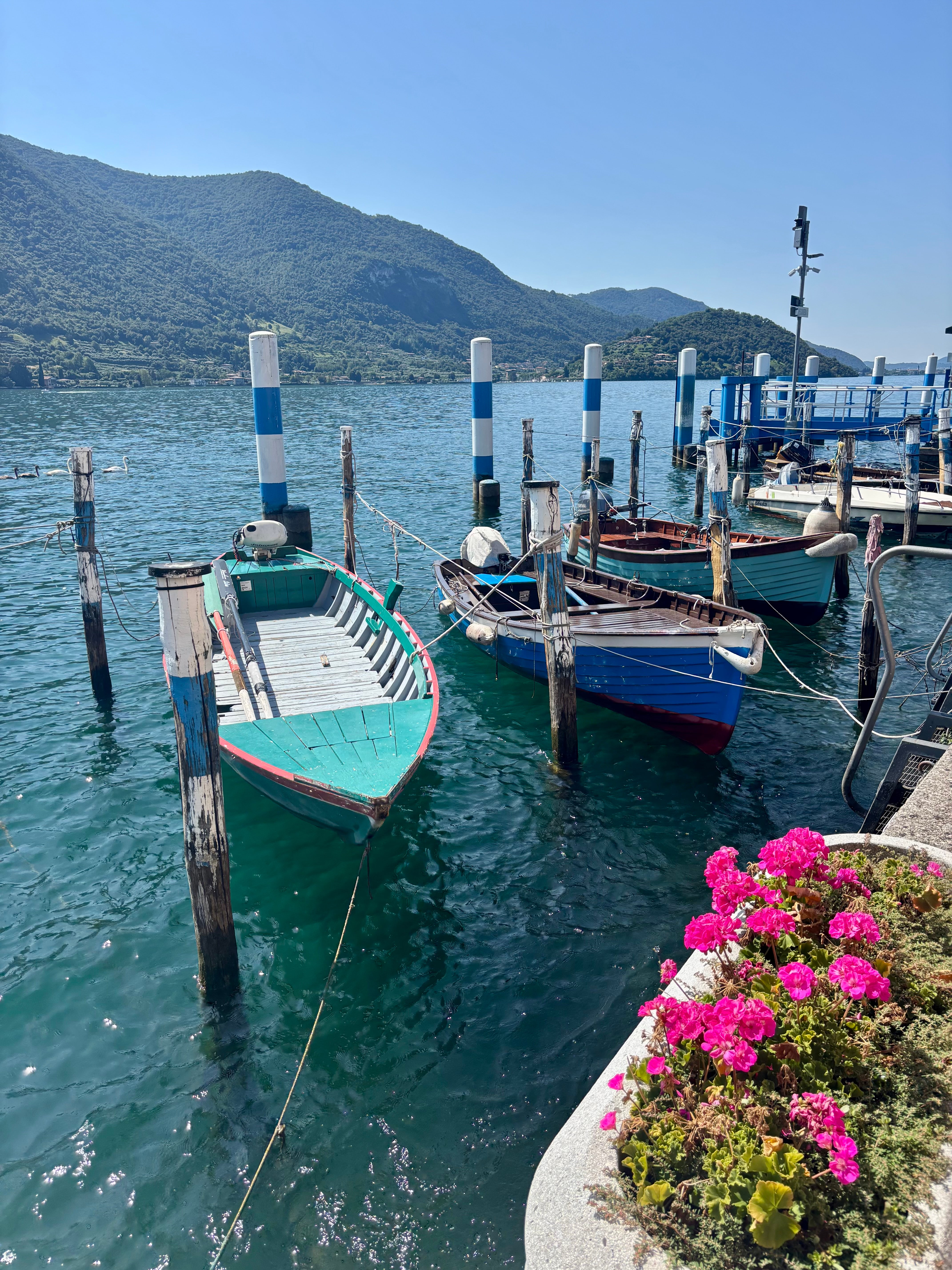
Franciacorta’s boundaries are natural rather than political, with the mountains on one side, the lake on another. “It’s this pre-alpine geography that makes our wine special,” my guide explains on a tour of the Bella Vista Winery. “Monte Orfano, in the southwest, provides a buffer, and Lake Iseo, in the north, regulates the temperature year-round.”
The back story of Bella Vista’s founder, Vittorio Moretti, is one of rags to riches. He’s now aged 84 and the business is run by his eldest daughter, Francesca. The tour takes me through dimly lit, surprisingly chilly, white-oak barrel filled cellars cut into the hills, with the longest stretching some 400 metres. The first of the tunnels to be dug, back in the 70s, still leads to a secret door to Signor Moretti’s house. Other smaller award-winning wineries not to be missed are Turra, a family-owned, organic producer founded in 1994, and Casina San Pietro, an artisan outfit centred around a 17th-century farmhouse, where you can buy directly.
When I’m not drinking wine, I’m exploring Lake Iseo, catching the ferry from Sulzano, with its waterfront bordered by art nouveau villas, to car-free Monte Isola, the largest inhabited lake island in Europe, at 4.5 square kilometres, and one of the official I Borghi piu belli d'Italia (most beautiful villages of Italy).
Read more: The sophisticated new way to go drinking in the French Alps
From the harbour of Peschiera Maraglio, I rent a push bike (€9 for a half day) to cycle the lake’s 10 kilometre perimeter through eleven lakeside hamlets. It’s 33 degrees and I pull over to take a dip close to the village of Carzano, where the scene on the grassy banks is pleasingly retro: men strut in speedos; ladies, in floral caps and Gucci shades, gossip while swimming; and I’m envious of the gastronomic picnics spread on tablecloths, enjoyed by multi-generational families. At the Medieval hamlet of Novale, I wander through narrow streets with only cats for company and back in the harbour I eat a lunch of garlicky, tomato-topped bruschetta at a bar, a stone’s throw from the water.
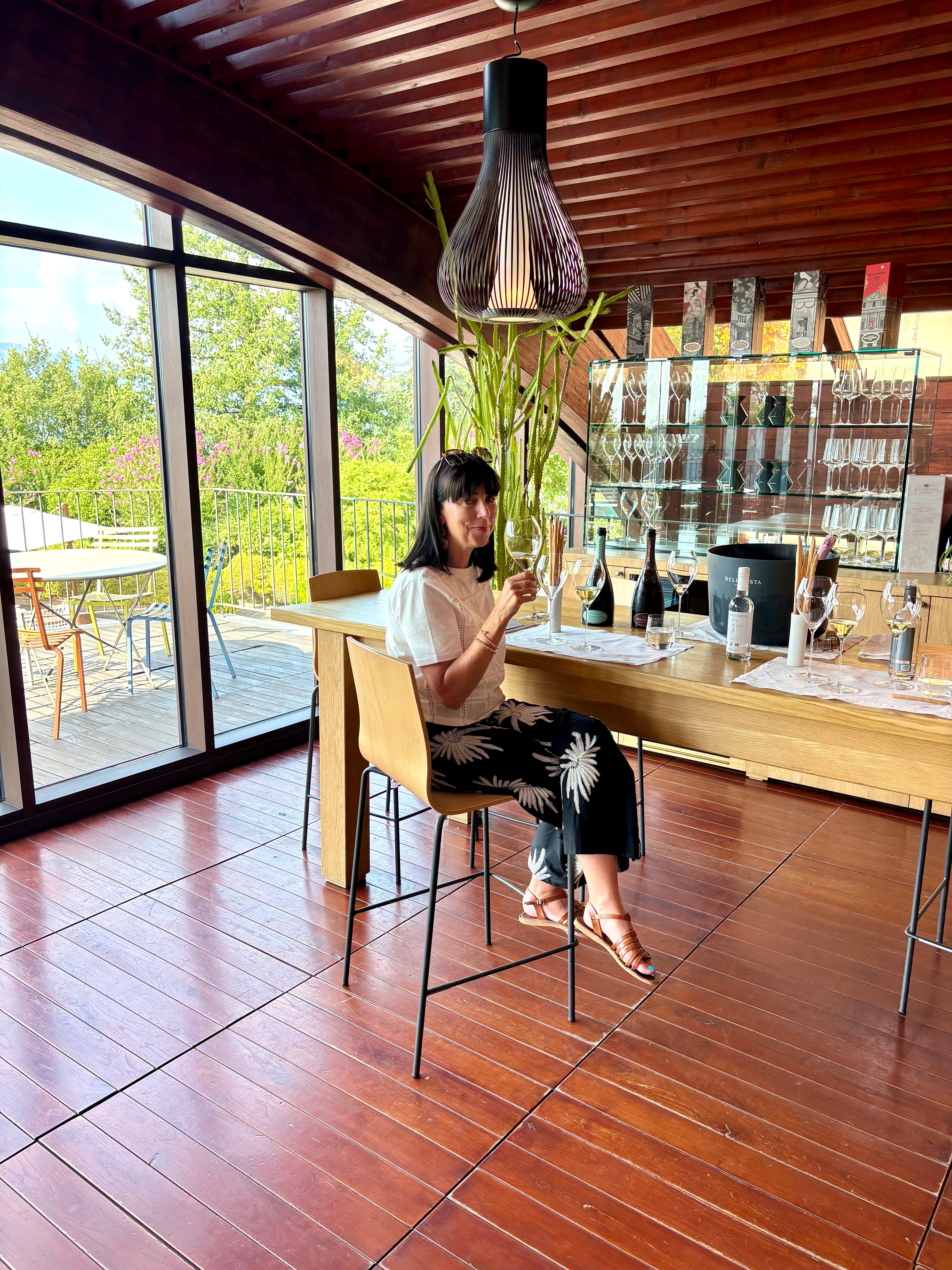
By car, I head to the town of Iseo to stroll along the waterside promenade, where local teenagers gather to flirt, while sitting astride purring Lambretta scooters. My arrival in historic Lovere, with origins in the 5th century, coincides with lunch: a bowl of Bergamo-style casoncelli in sage butter (a pasta typical of Lombardy, shaped like a sweet wrapper), enjoyed on the terrace of Osteria la Torre in the cobbled Medieval Piazza of Vittorio Emanuele II. I take a slow wander through Lovere’s narrow streets, shaded by overhanging wooden roofs belonging to stone houses painted in shades of ochre, pink, and yellow. Riva di Salto is another lovely diversion, where the cliffs form a natural, dramatic, vertical canopy above the road and the lake water is so crystal clear that fishermen cast lines to visible perch and pike
L’Albereta’s Quintale restaurant has a menu that celebrates local farm produce, paired with Moretti family wines. I begin with a sparkling Bellavista Alma Rosé Assemblage and a starter of chargrilled quail with roasted carrot. By now, I’ve learned that it’s not unusual for Italians to stick to franciacorta throughout an entire meal, so I move on to a crisp, fresh alma non dosato assemblage; a love match with my risotto of pumpkin, lemon and smoked paprika. Now that I’ve a taste for franciacorta, it may well be au revoir to champagne.
Kate stayed in Franciacorta as a guest of L’Albereta Relais & Chateaux.
How to get there
EasyJet flies to Milan Linate and Milan Malpensa airports from London Gatwick, Belfast, Liverpool, Edinburgh, Glasgow and Bristol. Flight time is around 2 hours.
Where to stay
L’Albereta Relais & Chateaux offers the perfect base to explore the vineyards of Franciacorta, as well as Lake Iseo. Along with rolling vineyards, the hotel is also home to the impressive Chenot Espace spa.
Read more: Inside Europe’s cheap foodie haven with £2 wine and low-cost food

 JimMin
JimMin 







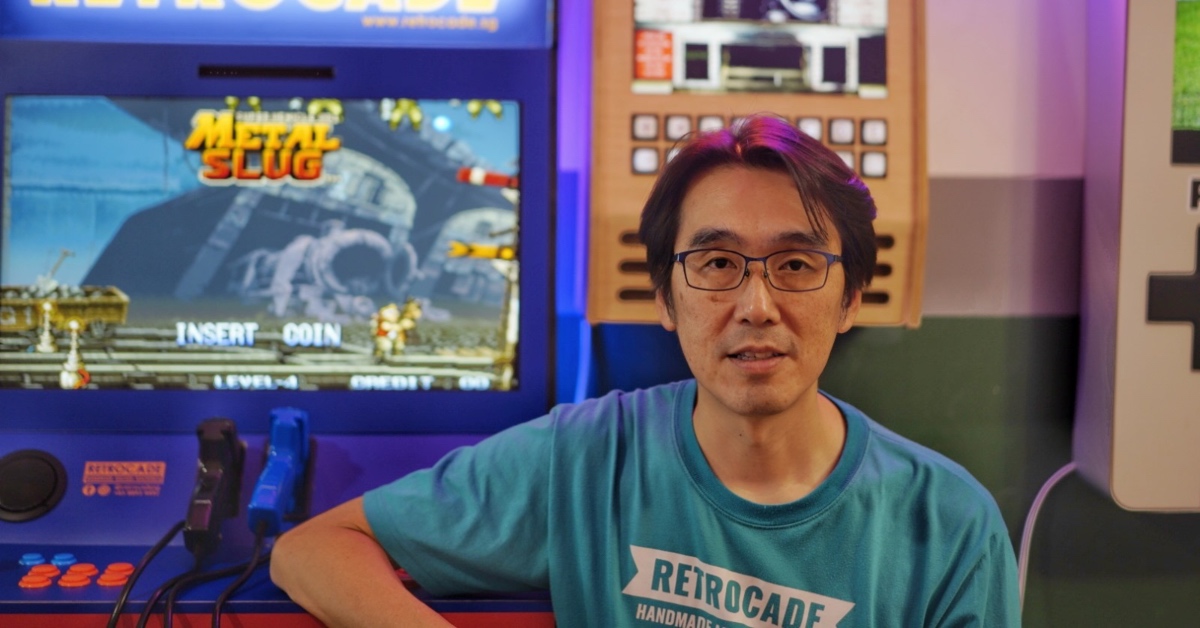
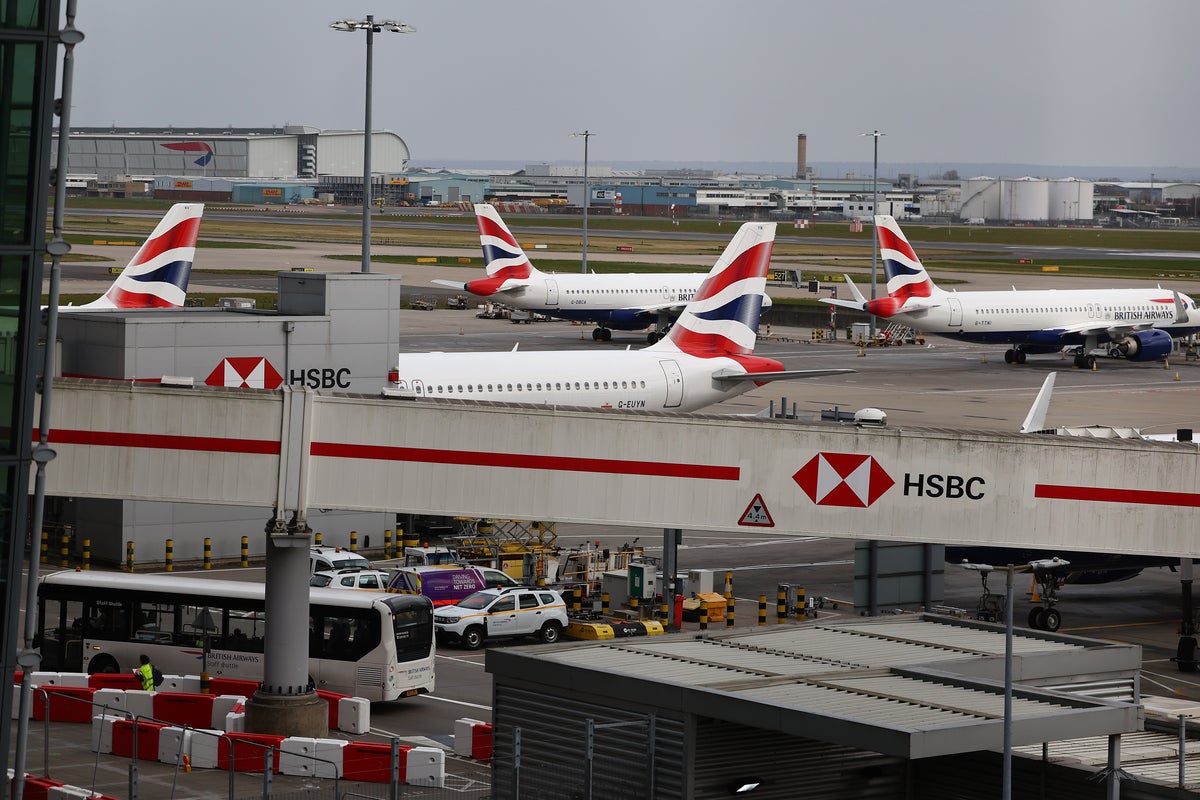
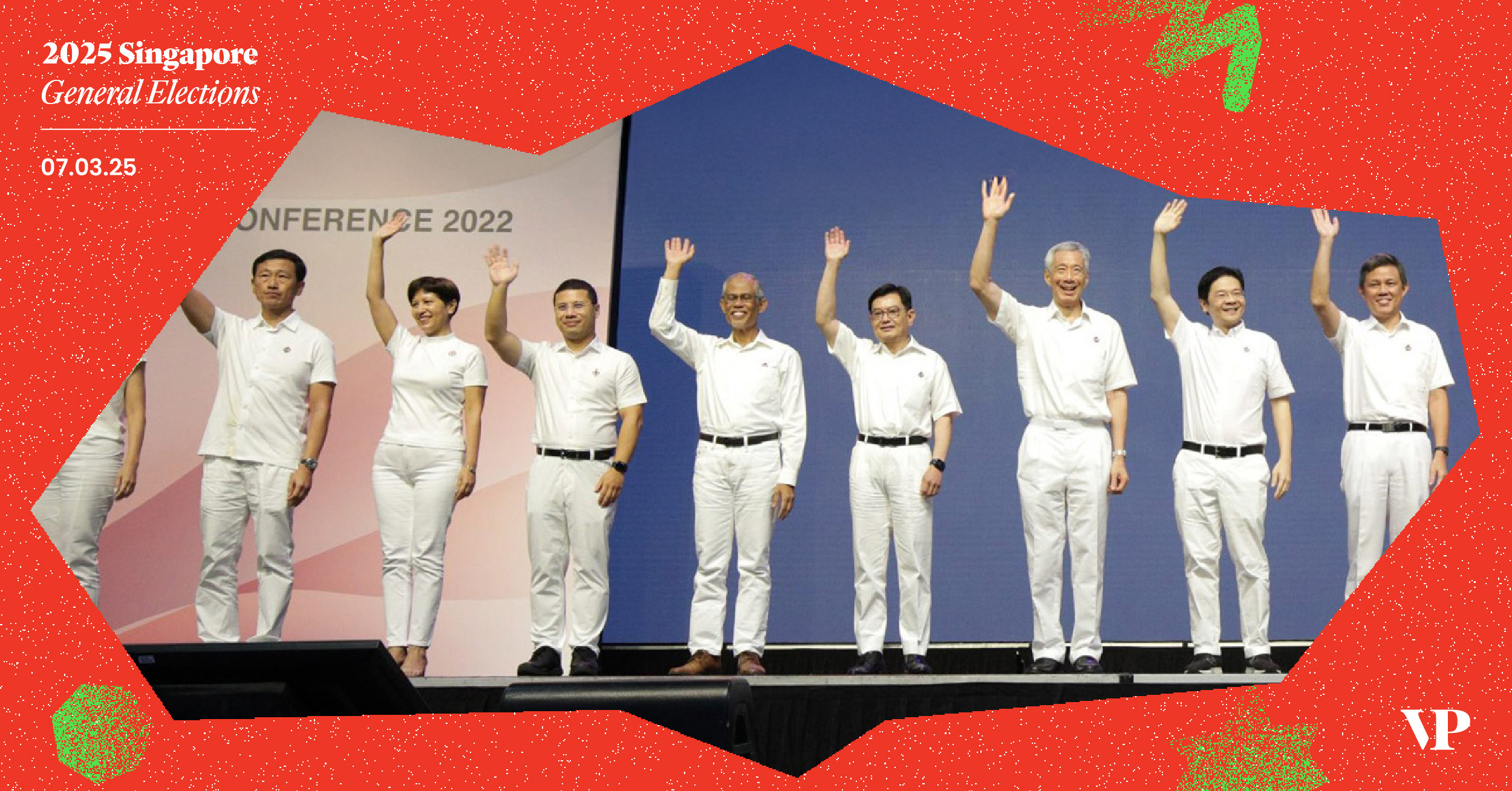

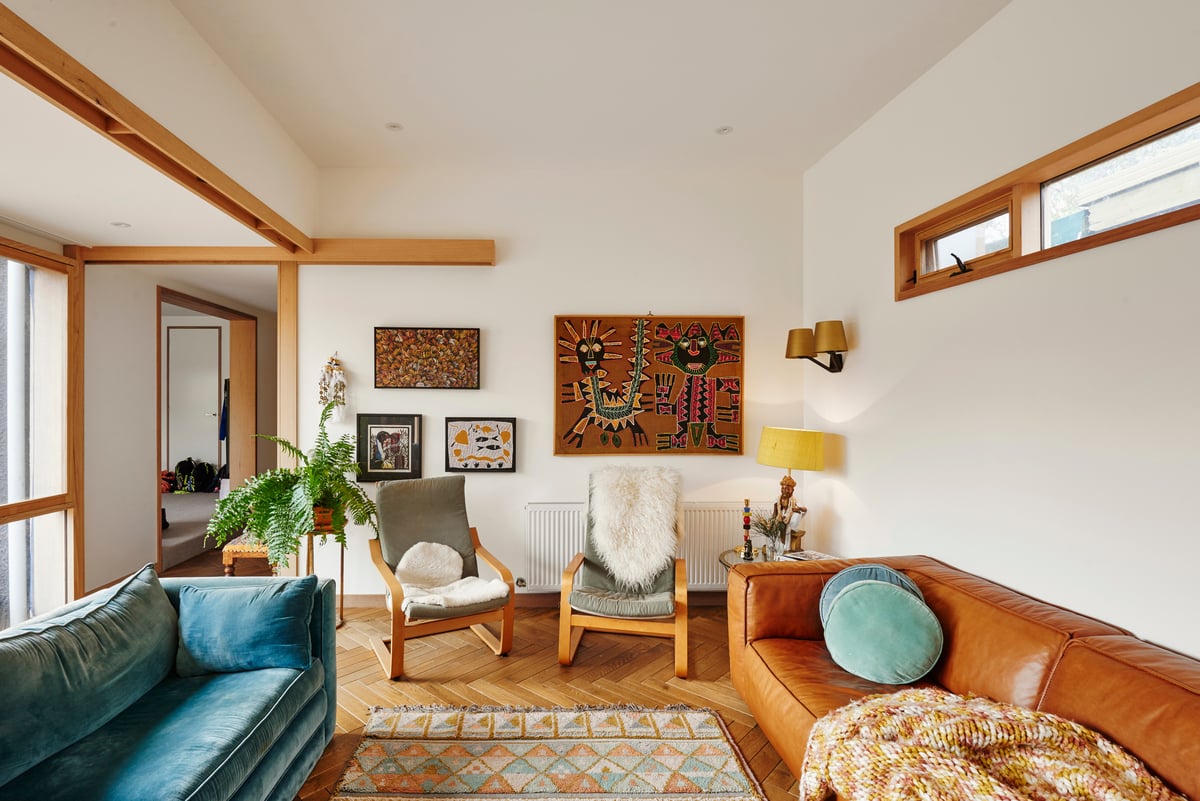
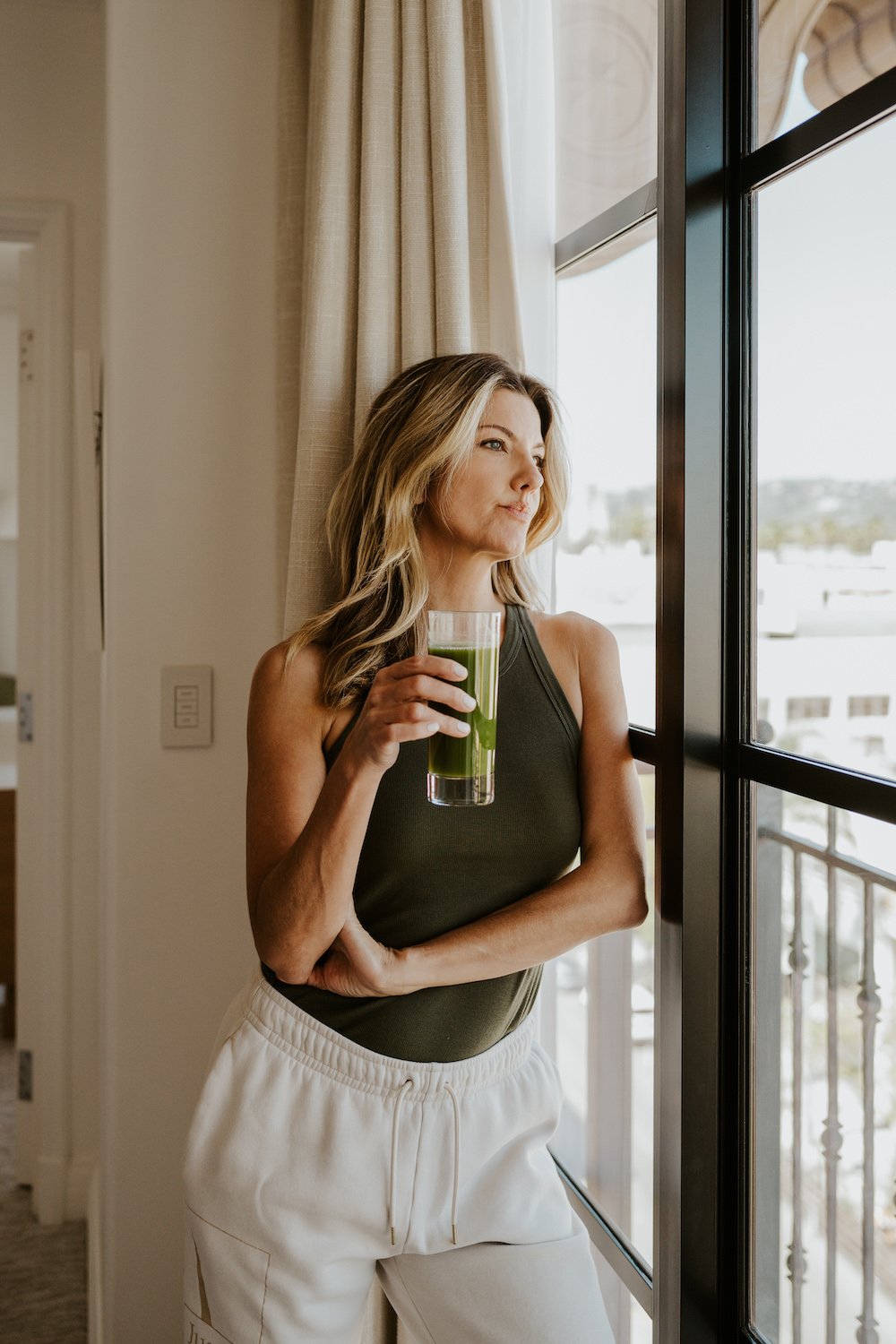






![The 2026 AI Search Benchmark Every SEO Leader Needs [Webinar] via @sejournal, @lorenbaker](https://www.searchenginejournal.com/wp-content/uploads/2025/11/1-259.png)

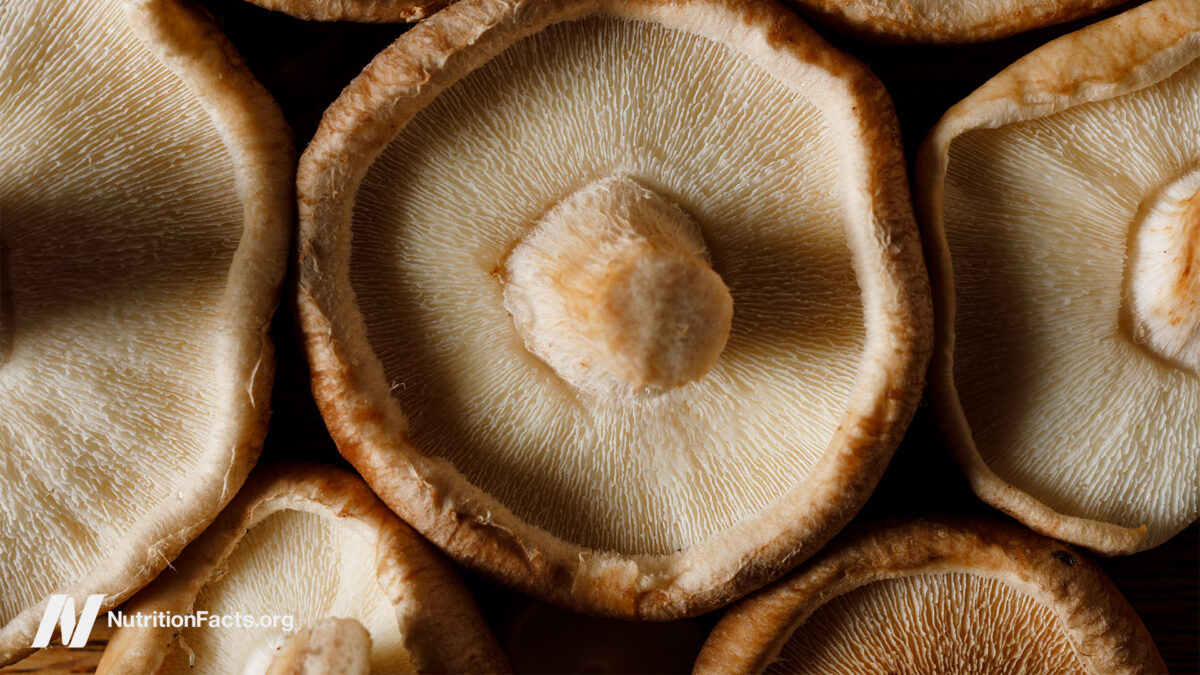
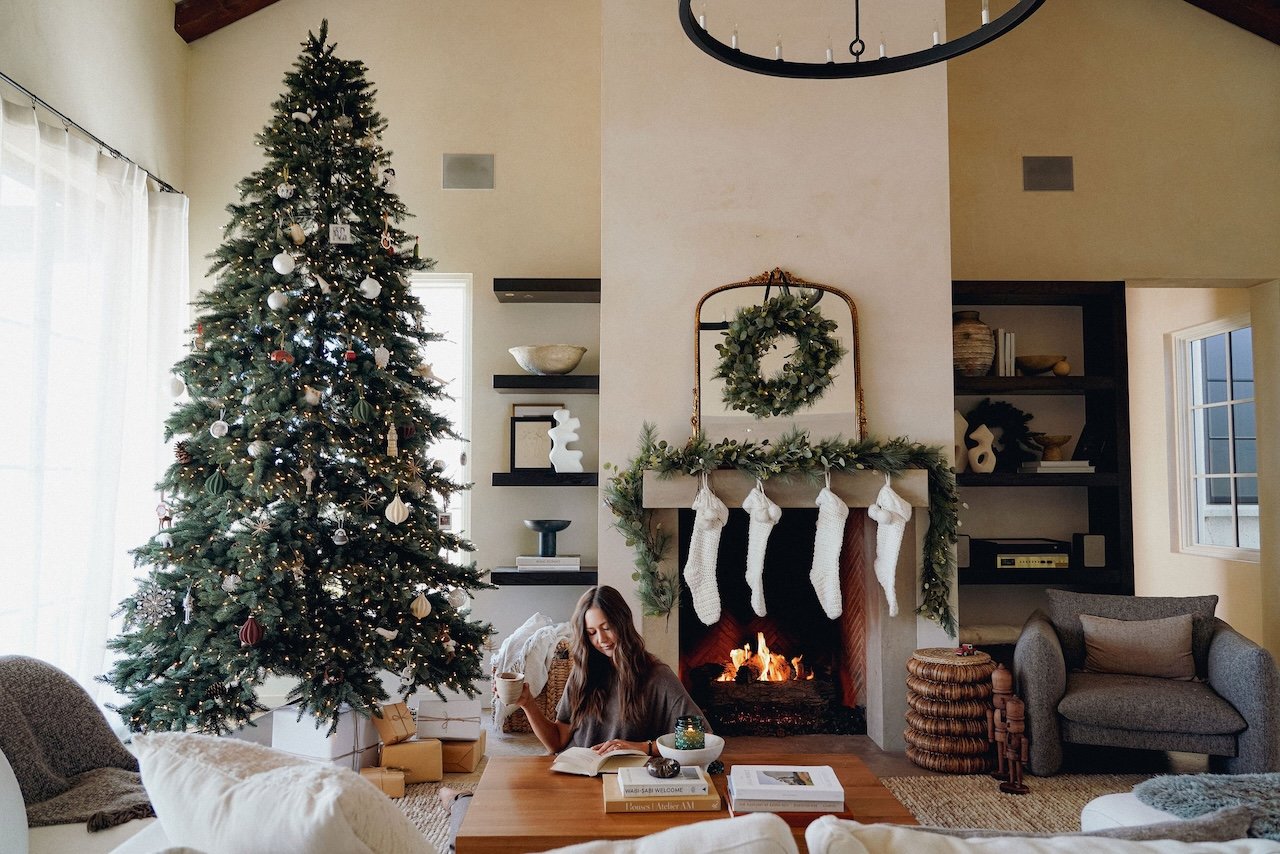
(1).jpeg)




